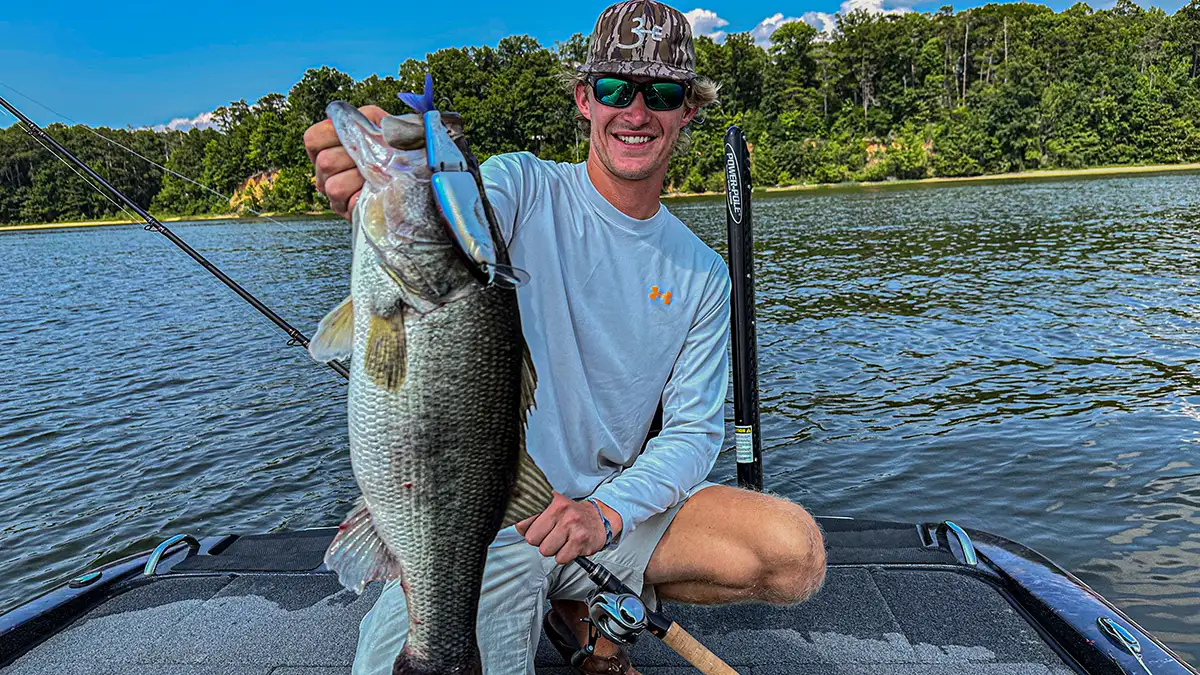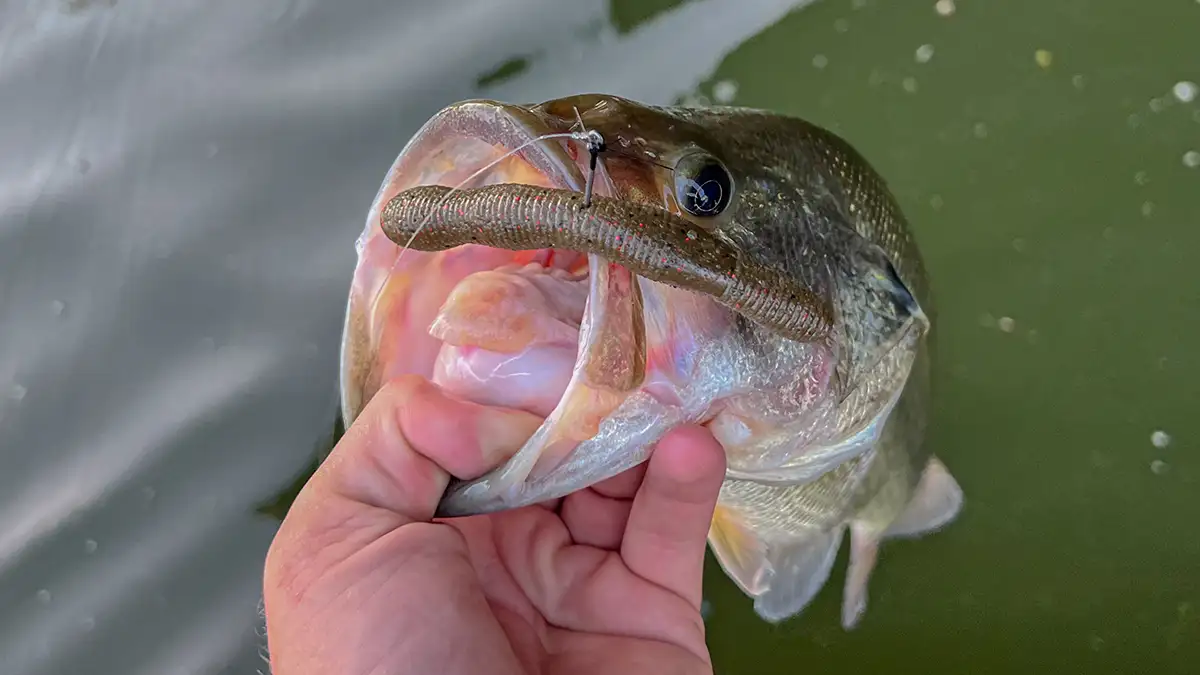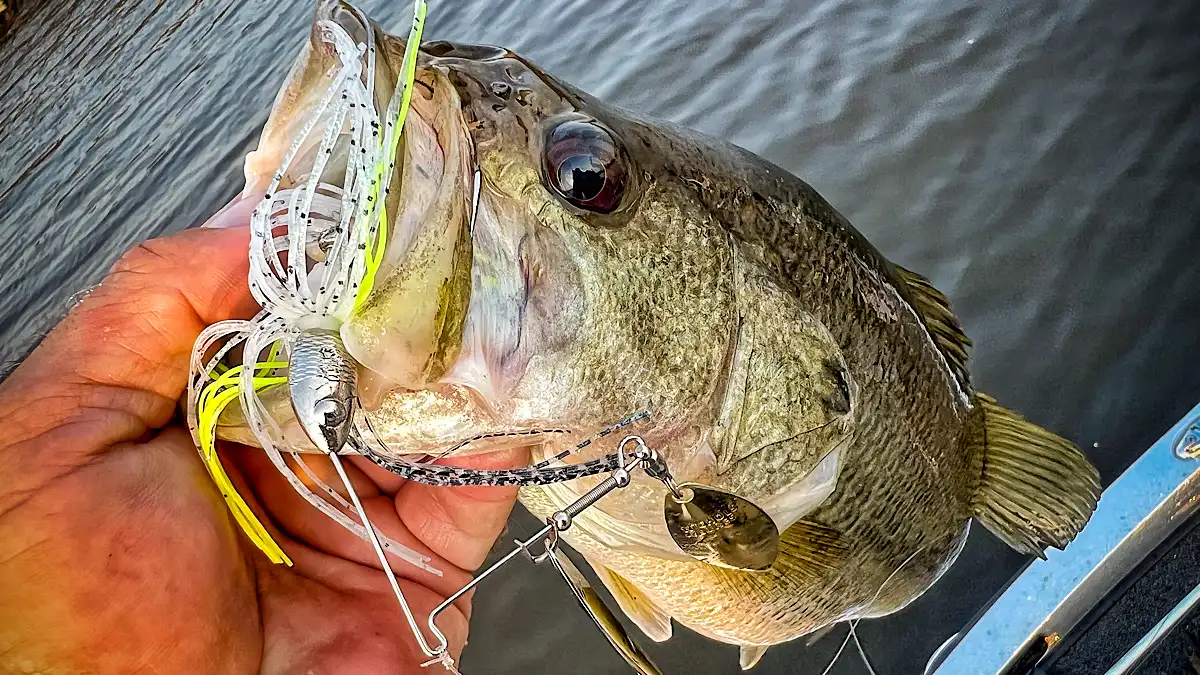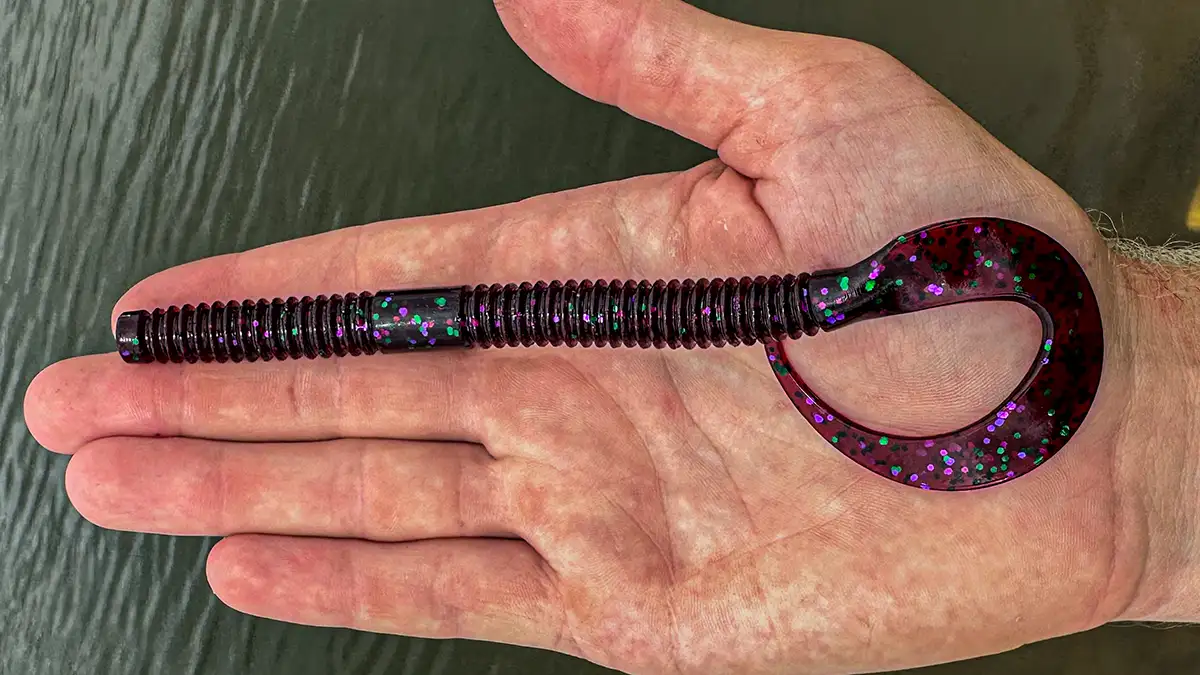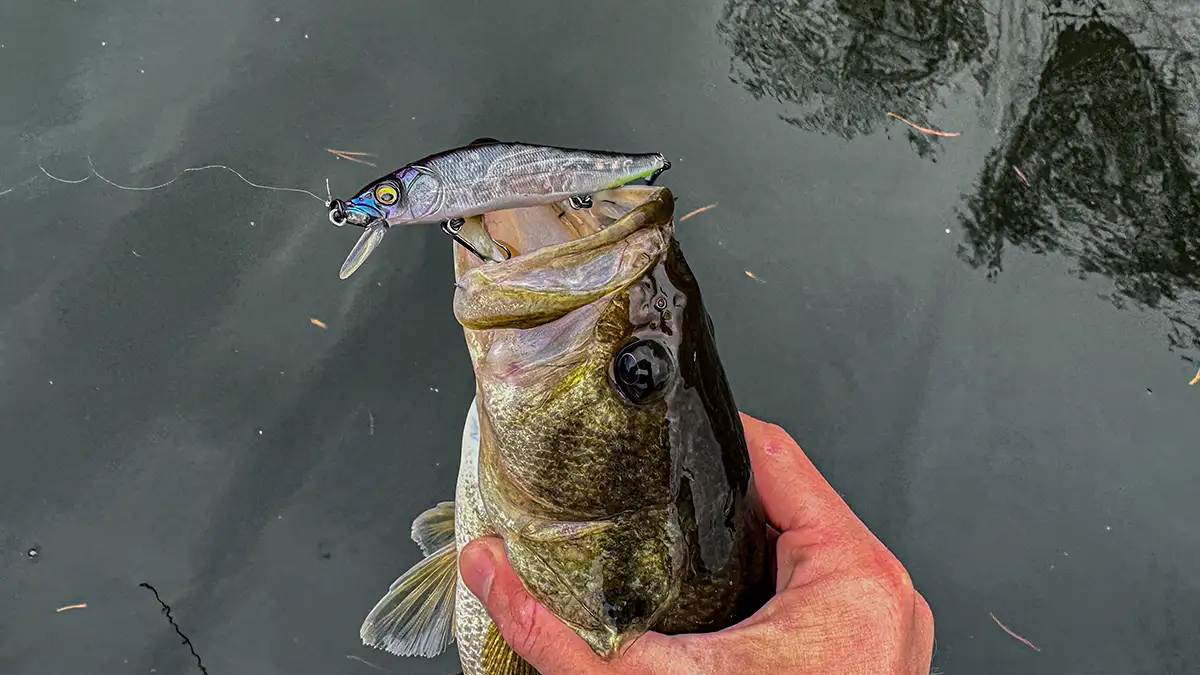Some of the earliest fishing trips I can remember involve riding my bike down to the local pond. I’d pack a backpack full of lures, strap two rods on my back and be gone for hours. These are the trips that initially got me into fishing, and I still journey to that same pond today. These local ponds are where I first learned how to bass fish, and I’ve carried a lot of this knowledge into fishing larger bodies of water as well.
When was younger I only used a handful of lures, however now I have experimented with hundreds of different baits. Even though I’ve had the opportunity to test a plethora of baits over the last several years, I still find myself coming back to the same old fish catchers every time I fish a pond. I don’t throw these lures for the memories however, I throw them because I believe they are the best pond baits money can buy. This feature highlight my top five picks for the best summer pond fishing baits.
WACKY RIGGED STICK BAIT
One of, if not the best pond bait all time is a wacky-rigged stick bait. This lure will get bit in virtually every pond in the country, and its a super simple rig that doesn’t require much experience. This rig consists of a straight-shank hook, an O-ring tool and a soft plastic stick bait. Throwing a wacky-rigged stick bait is particularly effective in situations where bass or other fish are in a sluggish or inactive mood. The slow, erratic fall and enticing shimmy of the bait can trigger strikes from wary fish, especially in clear water or when fishing pressure is high.
It’s also great around cover like docks, submerged vegetation, or rocky structures where a finesse presentation is needed to entice bites from cautious fish. Not only does this bait catch pressured fish, but it’s often responsible for catching some of the biggest in the pond. If you’re planning on fishing a pond this summer, I highly recommend you bring a wacky rigged stick bait. Heres a few of our favorite stick baits:
HOLLOW BODY FROG
The next summer pond bait every angler should have in their arsenal is a hollow body frog. This bait is an absolute killer in the summer, and catching fish on it is an absolute blast. Throwing a hollow body frog is ideal in situations where bass are actively feeding near or on the surface, often in shallow water with heavy vegetation, lily pads, or mats. It’s most effective during warm weather when bass are more likely to be in shallower areas and when there’s low light or overcast conditions. The frog’s ability to mimic a struggling or fleeing prey on the water’s surface makes it a top choice for enticing aggressive strikes from bass hiding in thick cover.
This lure requires a casting setup with heavy line and a strong rod. I generally use either 50 or 65 pound braid depending on the amount of vegetation present. For a rod, id recommend using a 7-foot 2-inch heavy heavy action rod with plenty of backbone. This should give you enough length to make accurate casts and strength to pull them out of cover. Here’s a few of our favorite summertime frogs:
SPINNERBAIT
A spinnerbait is another classic summer pond bait that cannot go without mention, and no guide to the best summer pond fishing baits is complete without one. This bait is perfect for generating big reaction bites, especially throughout the warmer months. I prefer to throw a spinnerbait when I’m targeting active fish in shallow to medium-depth water, especially around cover like weeds, brush, or submerged structure. It’s effective in low-light conditions or murky water where its vibration and flash can attract predatory fish. Adjust your retrieval speed to find the right balance between enticing action and depth control based on the depth of your pond.
This lure doesn’t require any special rod and reel setups, and I typically throw mine on a traditional jig rod. I prefer a medium-heavy action rod with a length around 7 feet. This seems to be the perfect balance between casting accuracy and power for landing those big summer pond bass. I generally use 15 to 20-pound test fluorocarbon fishing line, depending on the amount of cover present in your pond. Here’s a few of our favorite summertime pond spinnerbaits:
TEXAS-RIGGED WORM
This lure has single handedly got more people into bass fishing than anything else. A traditional Texas-rigged worm is perfect for targeting bass in nearly any scenario, however it really shines during the hot months. This rig is ideal for fishing in areas with heavy cover such as vegetation, brush piles, or rocky bottoms where fish may be hiding. It is especially effective when fish are less active or during post-frontal conditions when they’re seeking shelter.
Its weedless design allows it to navigate through cover smoothly, making it less likely to snag. The technique involves casting near potential hiding spots and letting the worm sink slowly, then retrieving with occasional pauses to mimic natural movements. This rig excels in enticing cautious or finicky fish into striking, making it a go-to choice for many pond anglers targeting heavily pressured bass in challenging conditions. Heres a short list highlighting a few of our favorite summertime worms:
JERK BAIT
Last but certainly not least, a jerkbait is a proven fish catcher in ponds all over the country. I’ve been using this bait for as long as I can remember, and I actually caught my personal best pond bass on it a few years back. A jerkbait is often best during early mornings, late evenings, or overcast days when the water is cooler and bass are more active near the surface. Focus on targeting bass near structure such as points, rock piles, or weed edges where they may be feeding on smaller baitfish.
I generally opt for jerkbaits with natural colors this time of year as the water is often clearer due to the increase in vegetation. Use a combination of sharp jerks followed by pauses to mimic the movements of distressed baitfish, enticing bass into striking. Adjusting the speed and depth of retrieval can help you find where bass are holding in the water column during this season. Heres a quick list highlighting a few of our favorite summertime jerkbaits:


